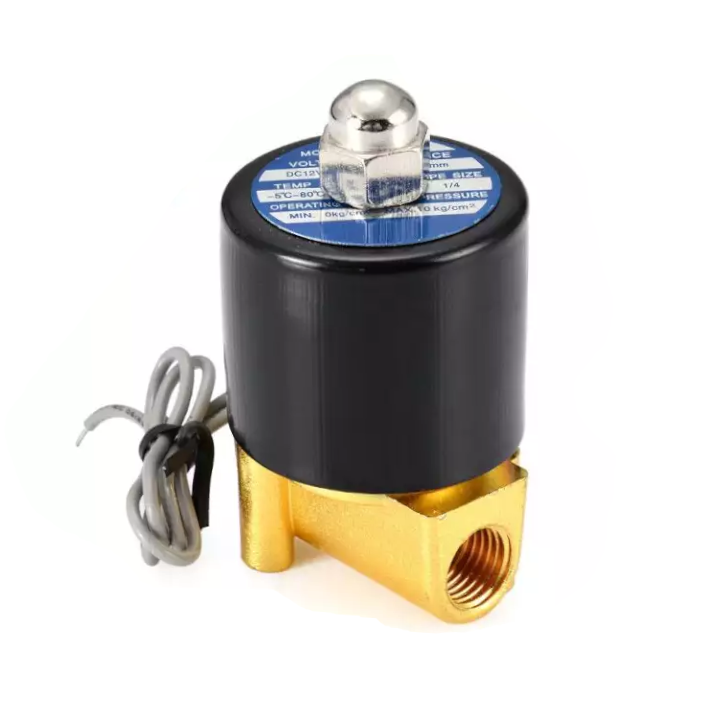Không có sản phẩm nào trong giỏ.
Spraying mist to cool dairy farms
Spraying mist is a common and effective method to cool dairy farms, especially during hot weather. It helps in reducing heat stress in dairy cows, which can impact their health and milk production. Here’s a brief overview of how misting systems work and their benefits:Misting Systems: These systems spray a fine mist of water into the air around the cattle. The water droplets evaporate upon contact with warm air, which cools down the air temperature.H
It’s important to choose the right system for your specific farm needs, considering factors like the size of the herd, local climate, and available resources. If you’re looking to implement such a system, it might be beneficial to consult with a specialist who can provide tailored advice for your situation.
Pressurization: A high-pressure pump increases the water pressure, which is crucial for producing a fine mist.
Watch youtube: Spraying mist to cool dairy farms
- Cooling Effect: The evaporation process mimics sweating, pulling heat away from the animals and helping to maintain their core body temperature.
- Types of Systems: There are various types of misting systems, including boomless sprinkler systems, automated fogging systems, and hybrids that combine multiple cooling methods.
- Efficiency: Modern dairy farms often use a combination of misting systems and ventilation to optimize the cooling effect. The goal is to cool the livestock efficiently while conserving water and energy.
 |
| Spraying mist dairy farm |
How do misting systems work?
Misting systems work on the principle of evaporative cooling. Here’s a simplified explanation of how they operate:Water Supply: The system is connected to a water source.Pressurization: A high-pressure pump increases the water pressure, which is crucial for producing a fine mist.
 |
| Combo misting system machine 100 nozzle |
- Atomization: The pressurized water is forced through nozzles designed to create droplets so small that they can evaporate quickly.
- Evaporation: As the mist is released into the air, it absorbs heat from the surroundings to evaporate, which lowers the air temperature around the cows.
- Cooling Effect: The reduction in temperature helps to cool the cows, reducing heat stress and allowing them to maintain normal body functions and milk production.
The effectiveness of a misting system depends on factors like the droplet size, ambient temperature, humidity, and airflow. In areas with high humidity, misting needs to be carefully managed to avoid excess moisture, which can lead to other issues like increased bacteria growth.
Watch youtube: Spraying mist to cool dairy farms
What are the benefits of misting systems for dairy cows?
Misting systems offer several benefits for dairy cows:
- Heat Stress Reduction: Misting helps cool down the cows during hot weather. By mimicking the natural cooling mist effect of sweating, it prevents heat stress, which can negatively impact their health and productivity.
- Improved Milk Production: Heat-stressed cows often reduce their feed intake, affecting milk production. Misting systems help maintain optimal body temperature, allowing cows to eat well and produce more milk.
- Enhanced Comfort: Comfortable cows are healthier and more content. Misting provides relief from high temperatures, making the barn environment more pleasant for the animals.
- Increased Feed Efficiency: When cows are too hot, they divert energy away from milk production to regulate their body temperature. Cooler cows allocate more energy to milk production, improving feed efficiency.
- Health Benefits: Heat stress compromises the immune system, making cows more susceptible to diseases. Misting reduces stress, promoting overall health and reducing the risk of illnesses.
- Reduced Fly and Insect Activity: Misting discourages flies and other insects, as they dislike damp conditions. Fewer pests mean less annoyance for the cows and better hygiene.
- Water Conservation: Misting systems use water efficiently by creating fine droplets that evaporate quickly. Compared to traditional sprinklers, misting consumes less water.
Remember that proper management and maintenance are essential for maximizing the benefits of misting systems. Regular checks on nozzle performance, water quality, and system operation ensure optimal results for dairy farms.





